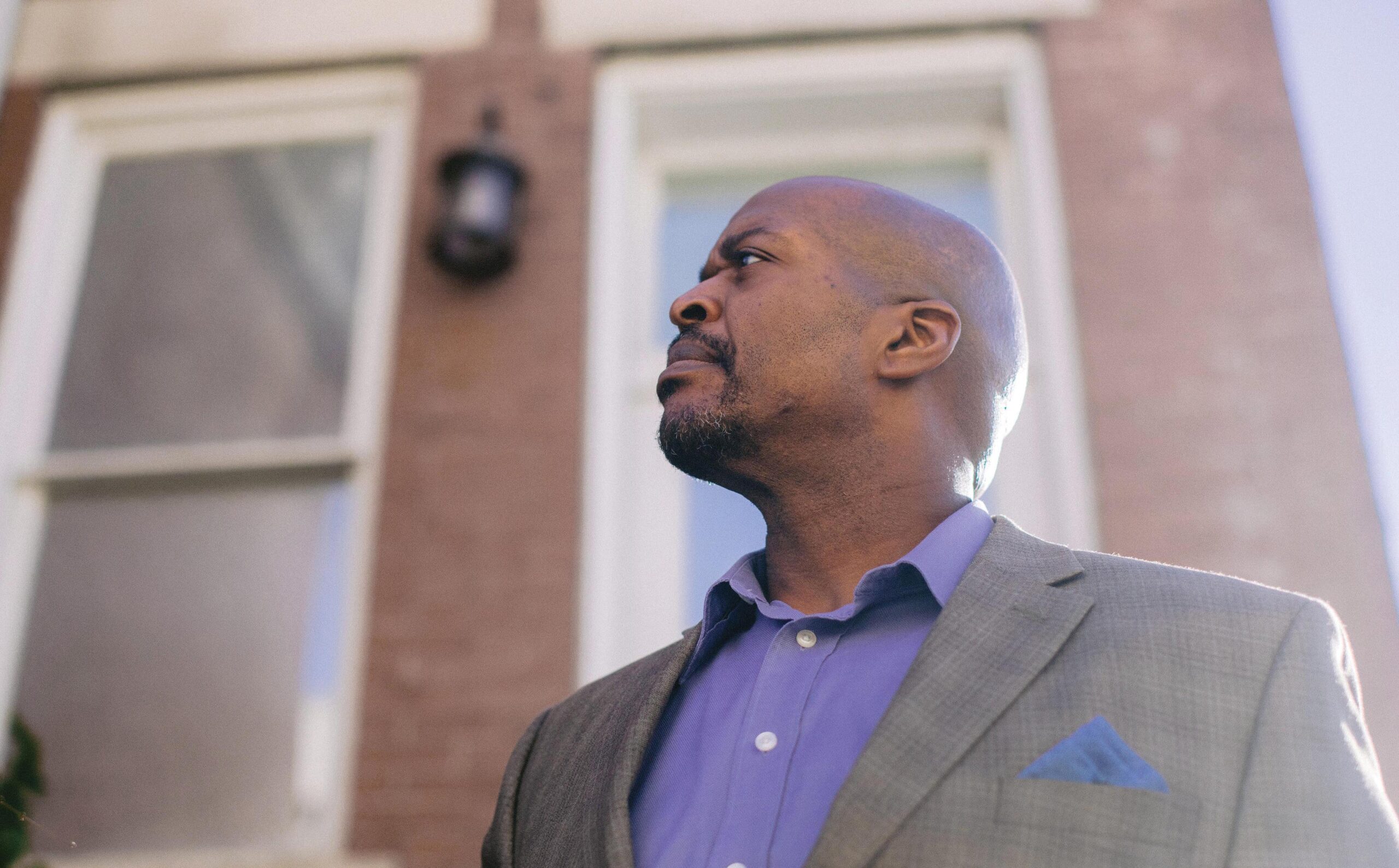As pastors, we can forget that the American workplace — in addition to the local church — might be one of the most important settings to prompt enduring change with respect to racial equality. Institutions engender commitment, demand results, and challenge us to rebuild vital social capital that has been lost in our deeply divided public discourse.
National dialogue breaking down
Our ability to hold a sustained and honest conversation about race is further diminishing. Partisan media and identity politics contribute to this breakdown, but so, too, do other factors that shape our daily lives. We’re too easily self-absorbed by our personal dogmas — unwilling to move or be moved. We’re skeptical of knowledge, history, ideas, institutions, and even the good intentions of our “neighbors,” who may look different than we do, but share many of our own longings and values. Language — first scrambled at Babel — is too often weaponized to brutalize others. Men and women of color continue to suffer, and their hurt implicates us all. As James Baldwin rightly observes, “It is a terrible, an inexorable, law that one cannot deny the humanity of another without diminishing one’s own: in the face of one’s victim, one sees oneself.” It is into this milieu that biblical vocation provides guidance. The church has a vital role to play as it equips leaders — including business leaders — of all ethnic and racial backgrounds to take seriously the ministry of reconciliation within their organizational settings.
Workplaces uniquely designed to restore social capital
As Ecclesiastes 3:3 reminds us, “… there is a time to tear down, and a time to build.” Healthy workplaces seek to dismantle unjust systems and structures, but they also ensure that what’s good is retained and fortified. Vigorous ecosystems involve erosion and accretion — a peeling back and a layering on. Vibrant organizations follow suit. The Edelman Trust Barometer has been measuring institutional trust for 20 years. Last fall it issued a special report: The Fight for Racial Justice in America. The results offer clues for how we might chart a path forward:
- Only 36% of American respondents believe the government is “hearing voices calling for racial justice,” whereas 52% of Americans believe business is doing so.
- NGOs are viewed as the most trusted institution responding to racism (56%), followed by media (51%), and business (50%). Notably, 71% of Americans believe their employer can be trusted to respond to racism.
- With respect to trustworthy voices “to tell the truth about racial injustice,” diversity and inclusion officers (56%), human resources leaders (55%), and CEOs (53%) outpace religious leaders (49%).
- Finally, the majority of Americans believe their employer is making progress in redressing racism at work.
For all the distrust Americans direct toward government, they’re much more hopeful about their places of employment. Why is this? One reason may be pragmatic. Workplaces, and businesses more specifically, are focused on results; what’s measured changes behavior for good or for harm. The Edelman survey suggests a compounding effect of racism in the workplace. The more racism is encountered, the greater the damage to the employer-employee relationship. Effective companies create healthy cultures because employee turnover has a deleterious impact on the bottom line.But more importantly, workplaces offer participants an opportunity to work toward a shared mission. Collective end goals provide an opportunity to serve meaningfully alongside others, work effectively through differences and conflicts, and seek deeper understanding without the added societal pressure that often dominates our public discourse. Working collaboratively with diverse partners and stakeholders might be what’s most needed to loosen the rhetorical logjam that impedes deeper racial understanding and friendship. When you’re knit to others organizationally, it is harder to shut them out.
Counter the crab-bucket syndrome
Organizational life can nurture trust and transformation. Most notably, it can help restore social capital from the hollowing out of middle-ring institutions — communities that beneficially extend beyond our nuclear families, and which include work associations, friendships, churches, neighborhood centers, PTAs, and bowling leagues, to name just a few. The loss of such associations and relationships has made us more vulnerable, disconnected, and ultimately less resilient. Franciscan priest and author, Richard Rohr, observes that a major barrier to living well in the second half of life is the steady pull on our lives of what is most familiar, and sometimes problematic.
“Some call this the crab bucket syndrome—you try to get out, but the other crabs just keep calling you back in. What passes for morality or spirituality in the vast majority of people’s lives is the way everybody they grew up with thinks.” An unhealthy pull from the inner ring may be why Jesus warns, “If anyone comes to me and does not hate father and mother, wife and children, brothers and sisters … such a person cannot be my disciple.”
Workplaces can help fill this relational vacuum and restore a more holistic understanding of the beauty and strength of diversity — e pluribus unum, one from many. As behavioral economist Dan Ariely observes, “In the adult world, companies are pseudo-parents, and they can be nurturing or quashing, enlightening or limiting.” A high priority for church leaders and faith-at-work equippers is to ratchet up efforts to train and embolden reconciliation ambassadors, who know when and how to tear down and build up. The marketplace may be our most fertile ground for teaching and equipping on the imago Dei. Since employees trust their employers to redress issues of racial injustice, the church must find ways to support leaders who are called to repair and restore trust in these contexts. Churches that can incarnate in boardrooms and on factory floors will bear lasting fruit. Those that cannot risk squandering an opportunity to restore the body of Christ to its intended glory.





